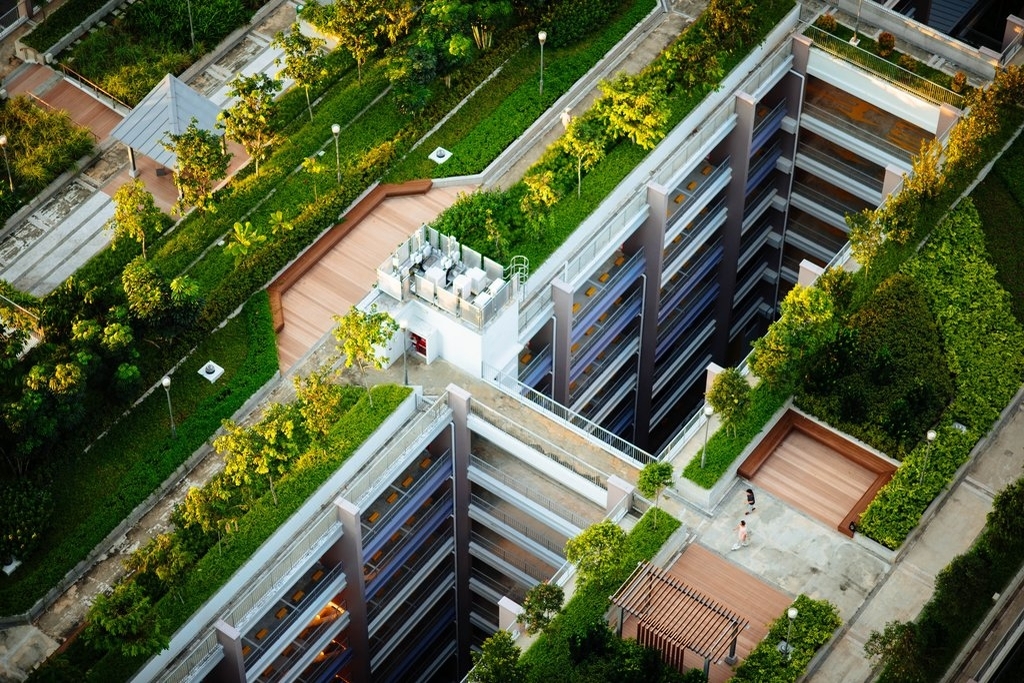7 Simple Techniques For City Blooming
Fascinated in expanding food to buy in the City of Chicago? Considering starting a neighborhood yard? Adjustments to the Chicago Zoning Ordinance permit agricultural usages like neighborhood gardens and urban ranches in lots of parts of the city. Below is a checklist of often asked questions concerning the guidelines and regulations that growers must think about when preparing a city agriculture task.
The zoning change does not modify any various other codes taking care of composting, structure authorizations, purchasing or renting City owned building, business licenses or ecological contamination. There are existing codes that manage these issues and they stay completely result and may be suitable to your project. Community yards are commonly owned or taken care of by public entities, public companies or community-based companies and maintained by volunteers.
Urban farms grow food that is meant to be offered, either on a not-for-profit or for-profit basis. Due to their business function, metropolitan farms call for an organization certificate.
6 Easy Facts About City Blooming Described
The amount of garden compost material can not surpass 25 cubic backyards at any type of offered time according to the requirements in 7-28-715 of the City's Municipal Code. Because the dirt at a lot of new yard sites requires changing, garden compost, soil, timber chips, or other products can be acquired to create or boost the expanding space.

If a building authorization is required then the hoophouse will certainly be considered an accessory structure. You can locate out more concerning the building authorization requirements by getting in touch with the Department of Structures. The 25,000-square-foot size restriction is meant to avoid a single area yard from dominating a given block or diminishing the block's existing property or business character.
The restriction does not apply to yards located in Public Open Area (POS) districts. Can there be even more than one community yard that is 25,000 square feet on a single block? Yes. The dimension limit uses to individual yards, not to specific blocks. No. Fencing is not needed, however, yards that have large vehicle parking areas may be needed to mount secure fencing or various other landscaping features.
The Only Guide for City Blooming
B1 & B2 districts require that all business use tasks be performed inside your home. Is fencing needed for city ranches? Fences may be needed, along with landscape design and testing, for particular vehicle parking locations and outside work or storage space areas depending on place and the details task taking area.
Urban ranches call for building permits and zoning authorizations prior to building (landscaping). Various other kinds of city review might be required depending on particular frameworks, tasks, dimension, landscaping, licensing, public heath and stormwater monitoring problems.
The Division of Service Matters and Consumer Protection can help figure out the details look at this website type of service certificate that's called for. Off road car parking is required for most commercial projects in Chicago. The required number of car park spaces is based on the number of employees functioning on site and not the square footage of the expanding room.
10 Simple Techniques For City Blooming

Yes. An urban ranch can sell compost product created on website, however, the operation has to abide by the guidelines in 7-28-715 of the Chicago Municipal Code. Yes. Aquaponic systems are permitted indoors on metropolitan farms in numerous zoning districts. Nevertheless, a zoning review and building authorization is called for in order to mount frameworks or systems and a company license is required as described over.
Approximately five hives or colonies of honey might be maintained as an accessory use. Beekeepers should register with the Illinois Division of Agriculture. To learn more regarding the proposed zoning modification you may call the Department of Housing and Economic Growth, Bureau of Planning and Zoning at 312.744.8563.
, which takes location in country locations at the edge of suburbs.
Not known Facts About City Blooming
It can entail a motion of natural cultivators, "foodies" and "locavores", who look for to create socials media founded on a common ethos of nature and area holism. These networks can develop using formal institutional support, becoming integrated into neighborhood town planning as a "transition community" movement for sustainable city development.
In either situation, the more straight accessibility to fresh veggie, fruit, and meat products that may be become aware through urban farming can improve food safety and food safety and security while lowering food miles, leading to lower greenhouse gas emissions, thus adding to climate modification reduction. A few of the initial evidence of metropolitan farming comes from Mesopotamia.
Comments on “Some Known Questions About City Blooming.”